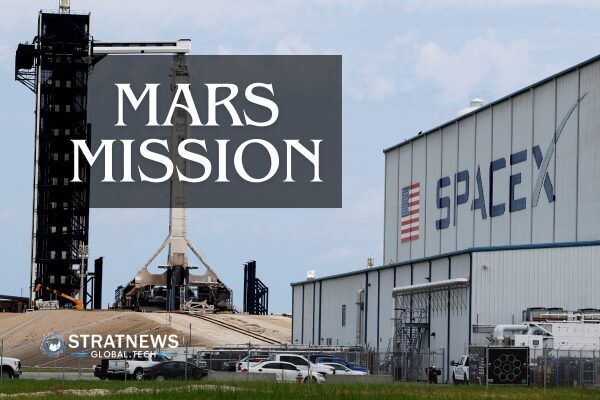Elon Musk Faces Setbacks but Remains on Track for Mars
Just two days after the latest test-flight failure of the SpaceX Starship, Elon Musk announced a bold timeline. He expects the massive rocket to make its first uncrewed journey to Mars by the end of 2026. This plan hinges on Starship overcoming several major technical challenges in the coming months.
Musk shared his vision in a video released by SpaceX. In it, he outlined the development path for Starship, the rocket designed to carry humans and cargo to the red planet. The announcement came one day after Musk confirmed his departure from a role in the administration of US President Donald Trump, where he had been involved in efforts to cut government bureaucracy.
Technical Challenges Ahead
According to Musk, the 2026 mission depends on whether Starship can complete vital manoeuvres, especially refuelling in Earth orbit. This refuelling step is crucial for the long trip to Mars. The targeted window at the end of 2026 coincides with a rare planetary alignment. This alignment allows for the shortest journey between Earth and Mars, taking roughly seven to nine months.
Musk estimated a 50% chance of meeting this ambitious deadline. If Starship is not ready, the next launch opportunity will be two years later, due to the orbit cycles of Earth and Mars.
The planned mission will include robotic passengers. These will be humanoid Optimus robots developed by Tesla, simulating a crew. Human missions would follow in later flights, possibly by the second or third launch. Ultimately, Musk aims to launch up to 2,000 ships every two years to build a permanent settlement on Mars.
The Role of Elon Musk in Lunar and Martian Missions
NASA is already working with SpaceX to return humans to the Moon using Starship, potentially by 2027. This mission would be the first human lunar landing since the Apollo era over 50 years ago. NASA sees this as a key step toward sending astronauts to Mars in the 2030s.
Musk, however, has long advocated for a more direct focus on Mars. He had previously set earlier targets, including 2018 for an unmanned launch and 2024 for a crewed mission, but those plans have been delayed.
Flight Test Failures and Future Plans
The recent test flight ended in failure when Starship lost control and exploded mid-flight. The spacecraft had been in the air for about 30 minutes before breaking apart, missing several critical test objectives.
This was not the first setback. Test flights in January and March also ended in explosions shortly after launch. Debris from those failures fell over the Caribbean, and commercial flights were forced to reroute for safety.
Despite these issues, Musk remains optimistic. He posted on X (formerly Twitter) after the latest failure, saying the test provided “good data to review”. He also promised a faster pace of launches in future tests.
with inputs from Reuters


